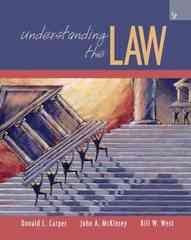1. \"Among the most developed countries, the fraction of the population aged 15-64 is forecast to fall from 70% to 60% over the next 50 years as working-age adults move into old age. Among the least developed countries. the working age fraction of the population 1s forecast to rise from 55% to 65%." A) Calculate the effect of this change in demographics on the annual growth rate of GDP per capita in the most developed countries as well as the least developed countries. [Hintl: use the relationship covered in class between GDP per capita (Y/P), GDP per worker (Y/L). and labor force participation rate (L/P)]. In your answer. be clear about the assumption you have to make in order to give a precise answer to this question, | B) What is the principal cause of the increase in the working-age fraction of the population in the least developed countries? j , C) In countries like Japan and U.S., falling rates of labor force participation is inevifable. From the model of demographic aging discussed in class, how can these countries counter the effect on GDP per capita of falling fraction of working-age in the population. 2. The following table provides data on output per worker, physical capital per worker. and human capital per worker, all relative to the U.S. Suppose the production function is y = Aac'n A) Complete the table below by calculating the levels of factors of production (column 5) and productivity (column 6) relative to the U.S. You need to provide the formula you used 1n your calculation in the spaces provided. L Output per Worker Country B) In which country does productivity play the larger role in explaining income relative to the U.S.? Explain. 3. Suppose an economy is characterized by the standard Cobb Douglas production function i g 1 | Y = AK(hL)" . Assume that the rate of growth in the number of workers (L") is 0.045, the rate of growth in the capital stock (K') is 0.03 and the rate of growth in labor efficiency (h') is 0.013. Finally suppose that o = 1/3, and the rate of growth in output per worker (y") is 5.5%. | ! A) What is the rate of productivity growth in this economy? (Hint: you need to calculate Y first with the information given) B) If capital efficiency in capital has also grown but you lack information on its magnitude how would your its growth affect your answer to A)? BONUS question Suppose the labor force participation rate is growing at 3%, what is the rate of growth of output per :C]BF Qneu[s) | p |







